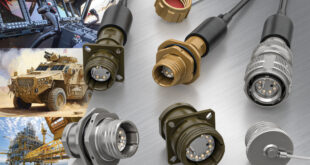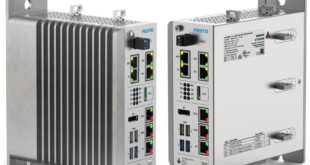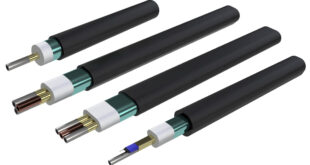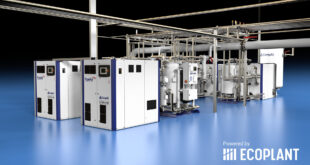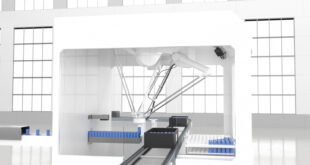ATEX compliant components from Elesa can ease the pathway to equipment compliance and nurture confidence in the minds of users – so supporting hard won manufacturing reputations.
Elesa‘s range of hydraulic components for ATEX equipment includes: plugs, breather caps, breather caps with dipstick, oil level indicators (plastic), oil level indicators, (aluminium) and oil circulation sights.Coupled with Elesa technical and product support from end to end of the supply chain, it has never been easier to specify ATEX hydraulic accessories with confidence.
Application is expected to include many pumps, anti-spark installations, oil and gas, water and sewage and petrochemical plants, as well as mines and flour mills.
In particular, the range includes GN 743.6 oil level indicators, SFP+a-EX breather caps and TN-EX equipment plugs.
This new ATEX range of liquid level sight gauges, breather caps, level indicators and plugs are laser engraved and provided with a full instruction/safety leaflet to enable users to correctly incorporate them in systems complying with Health and Safety
Requirements according to 94/9/EC ATEX European Directive (explosive atmospheres) for equipment in Group II, category 2GD.
The GN 743.6 aluminium oil level indicators feature ESG safety glass withFKM VitonR sealing ring. SFP+a-EX breather caps incorporate a splash guard and flat dipstick, while TN-EX sealing plugs are in glass reinforced technopolymer with NBR synthetic sealing rings.
 Engineer News Network The ultimate online news and information resource for today’s engineer
Engineer News Network The ultimate online news and information resource for today’s engineer
